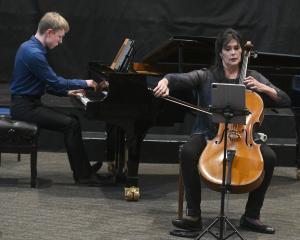
The researchers used Oranga Tamariki Ministry for Children data from nearly 800,000 children, aged 17 and under, in 2019 and 2020.
Of those, nearly 80,000 children had contact with Oranga Tamariki — when child abuse was substantiated, when a family group conference was held, or when a child entered care (placement).
Lead author and University of Otago Va’a o Tautai Centre for Pacific Health senior research fellow Dr Jesse Kokaua said Pasifika children were three times more likely to have a substantiated finding of abuse, compared with non-Māori and non-Pasifika children.
Pasifika children also had double the rate of entering care, he said.
"However, beneath these broad findings, there are many complexities relating to different types of system contact, differences associated with socio-economic status, and ethnic differences within Pacific children."
Dr Kokaua said researchers expected to see differences with socio-economic deprivation because Pacific children were more likely to live in areas of high deprivation compared with children from other communities.
"Yet, socio-economic deprivation appears to increase the number of substantiated findings of abuse and family group conferences for Pasifika children, but not entry to care."
Co-author and University of Otago social and community work Associate Prof Emily Keddell said inequities for Pasifika people had rarely been examined.
"Significant differences after controlling for demographic factors lead us to consider biases that may be at play.
"For example, it may be that more Pasifika social workers with the relevant skills are in offices in high deprivation areas that more effectively practise with Pasifika families, or that Pasifika families in more affluent areas face more racism in decision-making than in poorer areas."
While researchers had "scratched the surface" in understanding the differences for Pasifika children in the child protection system, she said more work needed to be done to understand the potential for biases.
Advertisement













